What is Masago?
What is Masago? And what is masago sushi? A popular inclusion in Asian cuisine, this is a delicacy, desired for its unique taste, texture, and color.
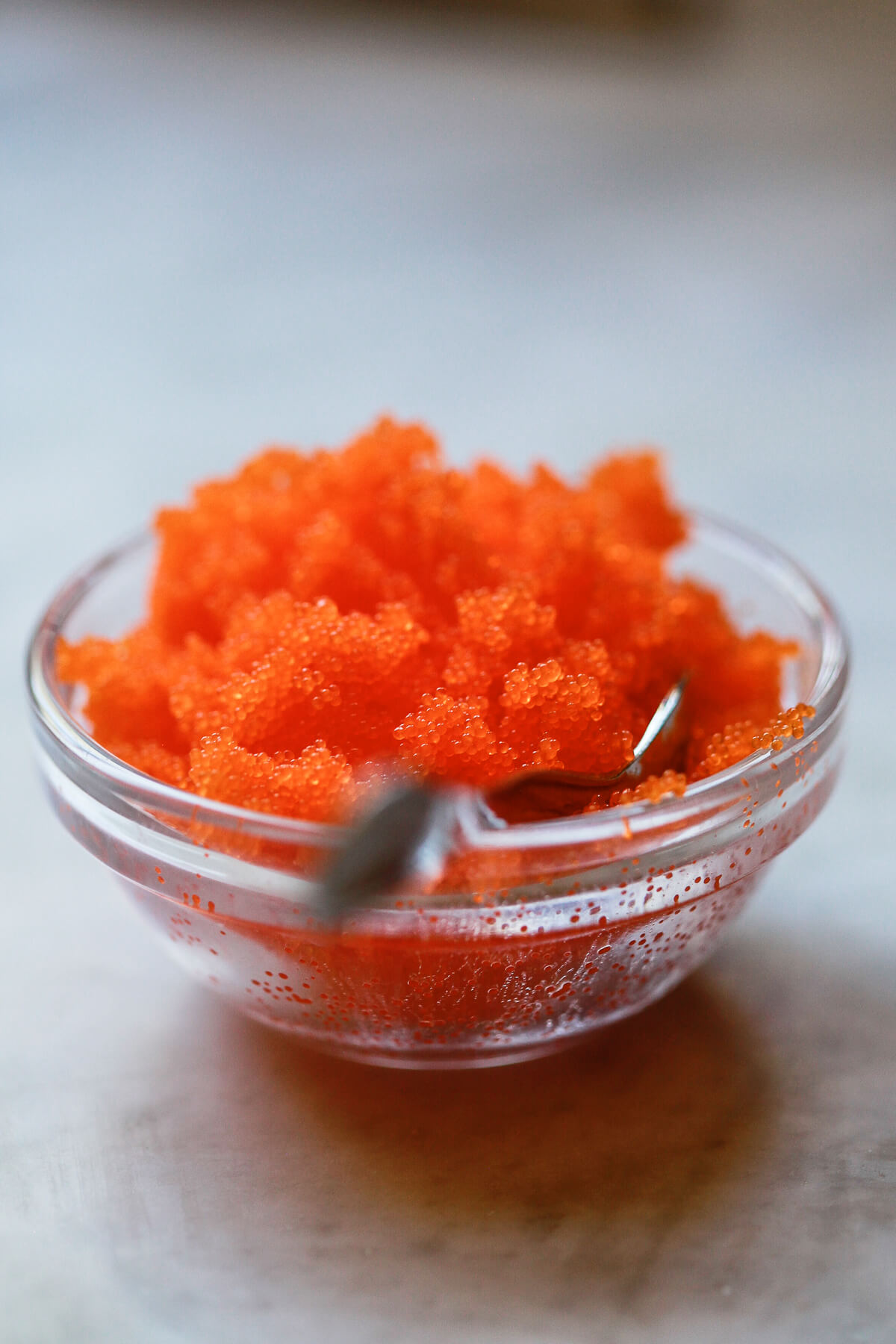
My kids love sushi (mostly veggie sushi), but one of my daughters has always been captivated by masago, always asking for extra with her California rolls when she was small.
Having only ventured across the oceans in more recent years to Western dishes, many people have never heard of it. I’ll be looking at everything you need to know about this exotic specialty in this guide. Starting with the most obvious — what is it?
What is Masago?
Masago is a type of fish roe. Fish roe are the ripened eggs of several different types of fish, the most popular of which is caviar. While caviar comes from a sturgeon, Masago comes from capelin.
Capelin fish are small and found in many oceans including the North Pacific, North Atlantic, and the Arctic Ocean. Though they resemble sardines in appearance, capelin fish belong to the smelt family and a forage fish. This makes them a very important food source to a range of other creatures including seabirds, seals, whales, and other fish.
Capelin fish are edible, though due to their small size, many don’t bother with the fuss of bones. Instead, they are sought after to produce other products such as Masago, fishmeal, and fish oil.
Masago is also known as capelin roe. Capelin roe can be harvested from female fish once they begin spawning eggs, between around two to four years old. The roe is harvested when the fish is full of ripened eggs, but before they have the chance to spawn.
What Does Masago Look Like?
In its natural form, Masago is a pale yellow color. However, by the time you see it, it will more likely be a vivid orange, or even a red or green. This is because Masago is dyed to look more striking when included in dishes.
Because of the variety of colors available, Masago is often confused with tobiko. This is another type of fish roe that comes from flying fish.
Tobiko vs. Masago
Masago eggs are much smaller than tobiko and far less expensive. This makes it a very popular substitute for tobiko, in particular in sushi rolls.
In its natural form, tobiko is a vivid red in color. If you’re ever ordering tobiko sushi and it’s very cheap, chances are you’re eating Masago sushi instead. Don’t worry, they are quite similar in taste.
Cost and Where to Buy
You can buy Masago in almost any Japanese grocery store or high-end grocers like Whole Foods. You can also order it online from a variety of sites including Amazon. Although it might cost around $25.00 per pound, individual packages are around $3.00.
What Does Masago Taste Like?
If you’ve eaten tobiko before, Masago has almost the same taste. The difference is in the texture, Masago has less crunch. Unlike some other fish roe, due to the small size of Masago eggs, it doesn’t have the same popping sensation as fish roe like caviar.
If you’ve not tried tobiko before, Masago is a very unique flavor. It is quite mild, with sweet and citrus undertones and as you’d expect from seafood, a little salty.
Due to its mild flavor, it is sometimes mixed with other bold tastes like wasabi, ginger, and squid ink.
Is Masago Good for You?
Masago is an excellent option to add to your diet thanks to its high nutritional content. Like other fish roe, it is very low in calories, but high in nutrition.
A single tablespoon (15 grams) of Masago contains:
- Calories: 40.3
- Protein: 3.9 grams
- Fat: 2.9 grams
- Carbohydrates: 0.6 grams
- Sodium: 240 milligrams
- Magnesium: 48 milligrams
- Riboflavin: 0.1 milligrams
- Pantothenic Acid: 0.6 milligrams
- Phosphorus: 57 milligrams
- Iron: 1.9 milligrams
- Vitamin B12: 3.2 micrograms
- Selenium: 10.5 micrograms
In addition, Masago also includes some Vitamin D, calcium, Vitamin A, and Vitamin B6.
While there is some fat content, this is the healthy fat content that fish and seafood products are famed for. Fish roe is high in omega-3 fatty acids which are excellent for your cardiovascular system and immune system.
Meanwhile, vitamin D helps keep our bones healthy and vitamin B12 helps with our energy levels and nervous system.
The high magnesium content in Masago can help keep healthy blood pressure and elevate our mood. Similar to this, the high selenium content helps boost our immune system, as well as maintain a healthy reproductive system for women.
Are There Any Cons to Eating Masago?
As with all fish and seafood, especially those caught in the Atlantic ocean, you may be concerned about mercury content. The good news here is because capelin is low down on the food chain as a small forage fish, it is much lower in mercury content than large fish such as swordfish and halibut.
As well as this, fish roe is very low in mercury compared to other parts of the fish we eat. So for those who wish to keep their mercury levels down, but love seafood, Masago is a great choice. So much so that even the American Pregnancy Association says pregnant women can enjoy Masago in moderation safely.
Another health concern around Masago is the sodium content. As you saw in the above nutritional information, even a small portion of Masago has a high sodium content. Masago is also often mixed with other high sodium ingredients such as salt and soy sauce to enhance its flavor.
This isn’t unique to Masago. All fish roe is high in sodium content. As with all things, you should try to limit your sodium intake to less than 2300mg per day, as recommended by the FDA. Excessive salt consumption can increase your blood pressure which can lead to heart disease.
These are the two main health concerns around eating Masago and shouldn’t put you off by any means. However, there is also the issue of ethics and sustainability.
Is Masago Sustainable?
As the planet seems to get crazier and crazier every day, many people are growing more concerned with the impact their diet has on the planet and animals. For many, this means cutting out certain types of foods that they know have a significant negative impact on the planet. I personally follow a mostly plant-based diet and recommend being mindful of how our food choices affect others and the earth.
While Masago is a better environmental choice than fish like bluefin tuna, there are concerns over capelin sustainability. As recently as this year, WWF Canada was calling for a suspension of capelin fishing to allow populations to recover.
This isn’t to say capelins are endangered, they aren’t yet, but they may soon be according to environmental organizations. There have been lower numbers of capelin caught over the last decade than ever before. As well as this, there are concerns over the fishing methods used to catch capelin.
Because female capelins are targeted to support Masago demand, this makes it difficult to predict the species’ future. Environmental groups say the species population is already being affected by this practice and the future remains uncertain.
Due to their importance within the food chain, this uncertainty will impact other animals including whales, seabirds, and other marine life.
All this said, in moderation, Masago is no more of an environmental risk than any other seafood. Remember to buy from responsible producers who use sustainable fishing practices which cause less harm to the oceans.
Fish are certainly harmed in the harvesting of roe such as this, which may go against your values if you’re vegetarian or vegan, but not if you’re a pescatarian.
How to Eat Masago
If you’ve decided you’d like to give this delicacy a go, there are so many tasty options available to you. Its unique texture and flavor make it an excellent accompaniment to a range of Asian-inspired dishes.
Some popular Masago recipe ideas include:
- Using Masago as a topping to sushi rolls or sushirritos
- Creating Masago sauce by adding other ingredients like soy sauce and wasabi
- Creating a tasting appetizer of Masago, cheese, and fruit
- Adding Masago to noodle dishes
- Adding Masago to poke bowls with sushi rice
- Enjoy with Sashimi or Nigiri
You can be as bold or creative as you like when using Masago in cooking. Remember, it packs quite a punch, so you’ll only need a small amount to add a burst of flavor. For some recipe ideas to start, check out some of the amazing sushi recipes on the site.
Is Masago Safe to Eat?
In short, yes — but it’s totally normal to worry about eating any fish or seafood products!
Masago is served raw, which can put some people off straight away! However, there is no evidence suggesting eating Masago raw presents any health risks.
In general, it’s a very safe fish roe to try. The only people who should avoid Masago are those who are allergic to fish and shellfish.
In addition to this, fish roe contains vitellogenin. This is a type of egg yolk protein which is another potential allergen.
If you’ve not tried fish roe before, you should be aware that it is a very common food allergen. Even if you don’t have seafood allergies, you could be allergic to fish roe, so try with caution if you’ve never tried fish roe before and you have known allergies!
Due to the high sodium content, those who are salt-sensitive or on a low sodium diet should avoid Masago.
More Recipe Ideas and Foodie Blogs
Now you know the answer to the question “What is Masago?” Masago is a unique and flavorful ingredient that is well-suited as an addition to many Asian-inspired dishes. It is low in calories and high in nutritional content, making it a healthy addition to a balanced diet.
For more incredible recipe ideas and foodie thoughts, make sure to subscribe to my blog.
Masago Sushi
What is masago? This type of bright orange fish roe is commonly used in Japanese dishes like sushi and poke bowls. If you're ready to try masago sushi, here is an easy recipe for you.

Ingredients
- 1 sheet sushi nori
- About 2/3 cup cooked sushi rice
- 1/2 peeled and sliced avocado
- 1/4 cup masago
Instructions
- Lay the nori on a sushi mat or cutting board.
- Top the nori with a thin layer of sushi rice, leaving a 1" border at one end.
- Lay the avocado (and/or any alternate fillings) close to the end opposite end of the nori border.
- Roll the sushi into a log, starting with the side nearest the fillings and ending with the border edge. Wet the nori border to help seal.
- Cut the log crosswise into about 8 pieces.
- Top each with a small spoonful of masago.
Notes
Masago sushi is often made with the masago coating the rice. To make this type, you'll need to make your sushi with the rice on the outside, then simply roll or press the masago into the rice.
Nutrition Information:
Yield: 8 Serving Size: 1 pieceAmount Per Serving: Calories: 104Total Fat: 6gSaturated Fat: 1gTrans Fat: 0gUnsaturated Fat: 5gCholesterol: 2mgSodium: 93mgCarbohydrates: 11gFiber: 2gSugar: 2gProtein: 2g
Nutrition information is automatically calculated by Nutritionix. I am not a nutritionist and cannot guarantee accuracy. If your health depends on nutrition information, please calculate again with your favorite calculator.
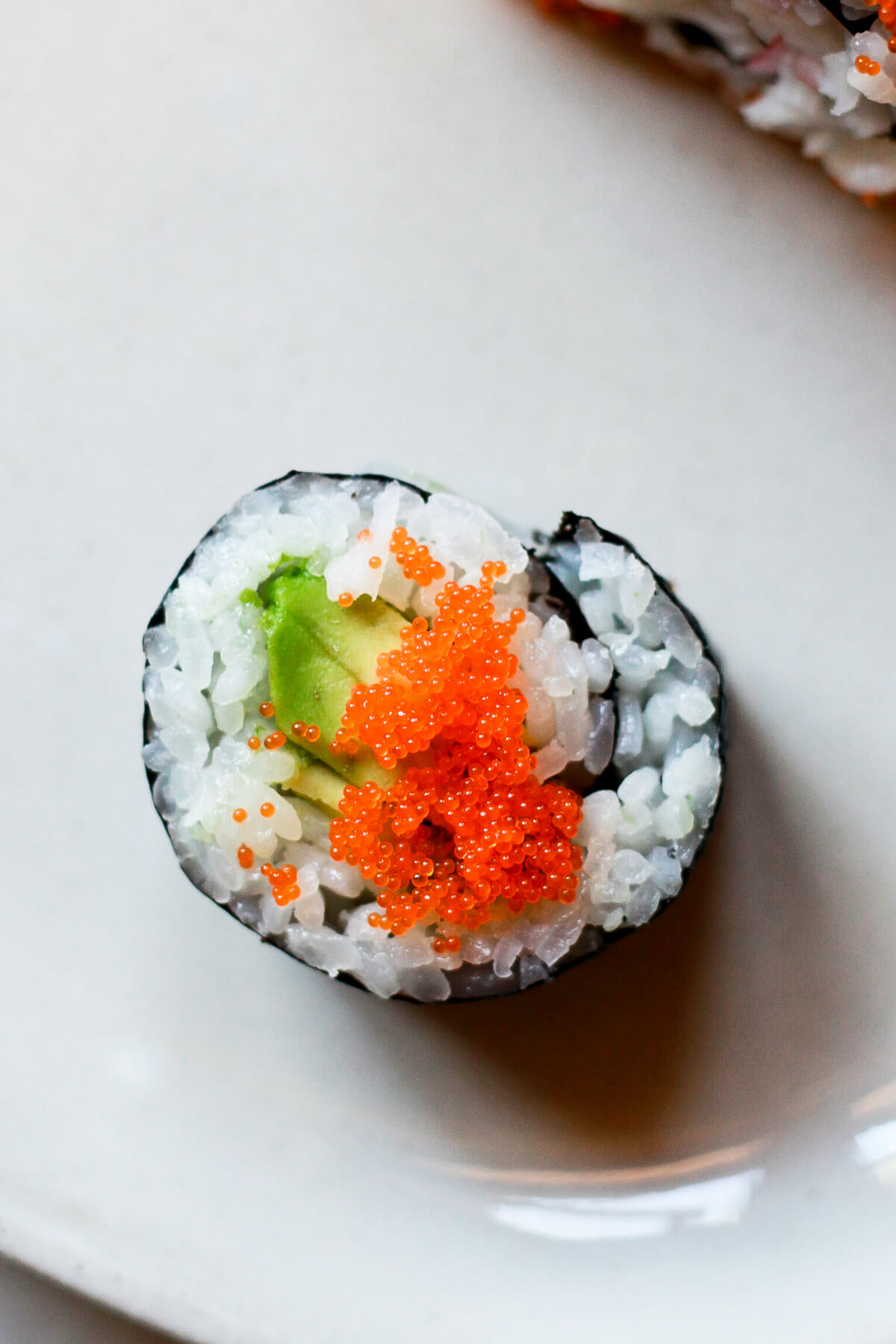

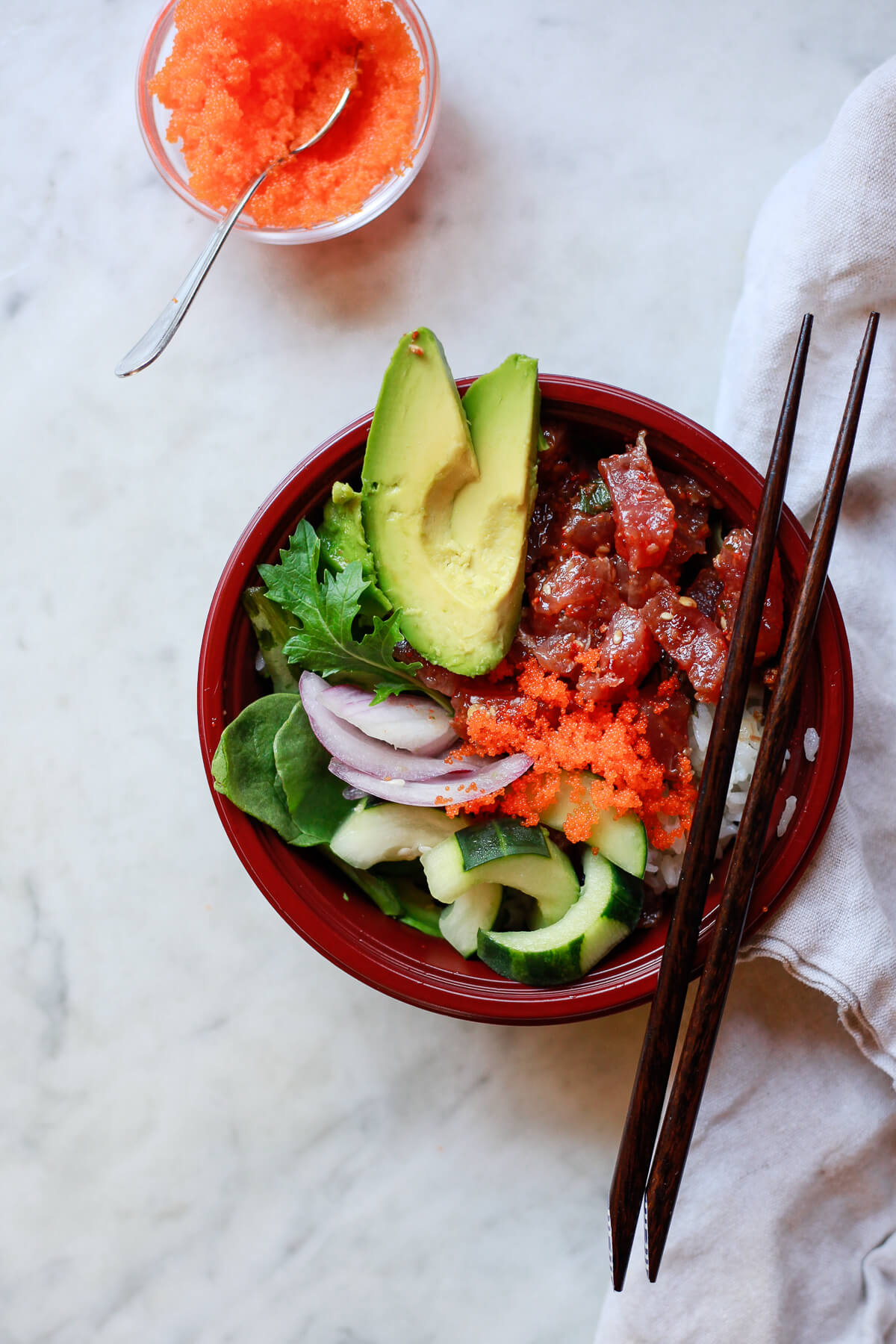




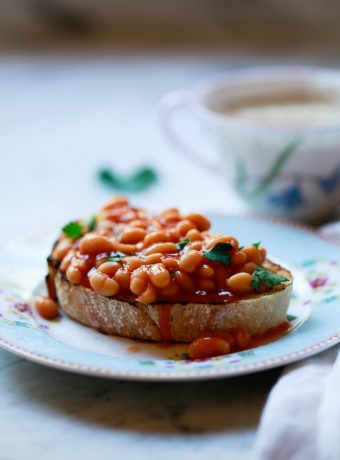

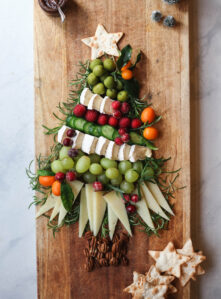
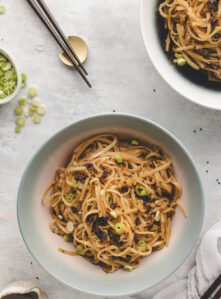
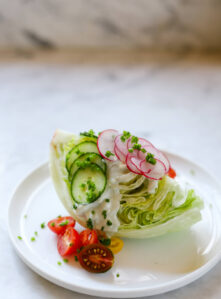
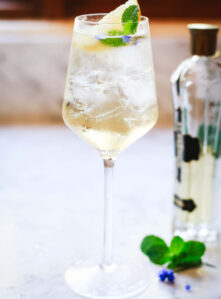
Thanks for your phrazle post, it’s very helpful. I hope in the future you will provide more information. I will visit and support the article for you
I like fish roe too. I never knew that caviar also has a lot of nutrients. Through this article, I will probably include MASAGO dish in my regular menu.
Very attractive colors. I really like this color. It was quite impressive to me.
Thanks for your phrazle post, it’s very helpful. I hope in the future you will provide more information. I will visit and support the article for you
Thanks…
Thanks for your phrazle post, it’s very helpful. I hope in the future you will provide more information. I will visit and support the article for you
Thanks…
I like fish roe too. I never knew that caviar also has a lot of nutrients. Through this article, I will probably include MASAGO dish in my regular menu.
I really like reading your articles, very useful and very helpful, waiting for new articles
Thanks for your phrazle post, it’s very helpful. I hope in the future you will provide more information. I will visit and support the article for you
Thanks…
I first heard about Masago on your site, it’s really good
I also recommend this recipe <!– https://www.yummymummykitchen.com/2016/06/easy-refrigerator-dill-pickles.html
escort basvuru sitelerimiz artık yeniden sizlerle
That was very helpful, and I appreciate your teaching me. Your blog posts are top notch in every way. You made available for public consumption a blog entry that, albeit lengthy, was incredibly interesting and useful.
Wow, what a fascinating read! I had heard of masago before, but your article provided such an insightful exploration of this intriguing delicacy. Learning about its origins, characteristics, and culinary uses was truly enlightening.
As a sushi enthusiast, I couldn’t help but be captivated by the idea of masago sushi. The thought of those vibrant, tiny fish eggs enhancing the flavors of sushi rolls sounds simply mouthwatering! Your clear explanation of how masago adds a burst of color, texture, and subtle briny taste to the sushi experience has me eager to try it out.
Thank you for shedding light on the world of masago and introducing me to the wonders of masago sushi. Your well-researched article has inspired me to embark on a culinary adventure and explore the delectable realm of this delightful ingredient. Keep up the excellent work on your blog – I’ll be eagerly waiting for more culinary discoveries!
Very interesting article to discuss and very useful for me.
thank you from Cetak Spanduk jakarta
nice Cetak Spanduk jakarta
I appreciate you sharing.
Nice food recipe
EXCELLENT FOOD
Thanks for your phrazle post, it’s very helpful. I hope in the future you will provide more information. I will visit and support the article for you
Regards thanks.
Bravo! This article combines meticulous research with a narrative flair that makes it stand out.
We are providing USPS Tracking number